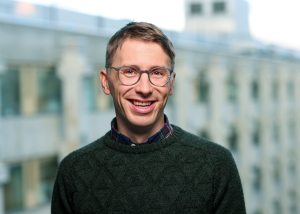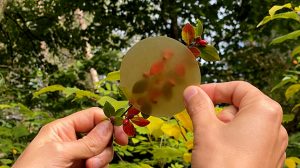
WWSC spin-off Proligreen wants to advance the application of lignin
There is interest in using lignin for material applications due to its aromatic structures, and it is foreseen to substitute fossil-based aromatic precursors, but one big challenge is that the available technical lignins are heterogeneous and still poorly characterized. This is something that the new WWSC spin-off company Proligreen, founded by Prof. Martin Lawoko and his PhD student Maria Karlsson wants to change.















